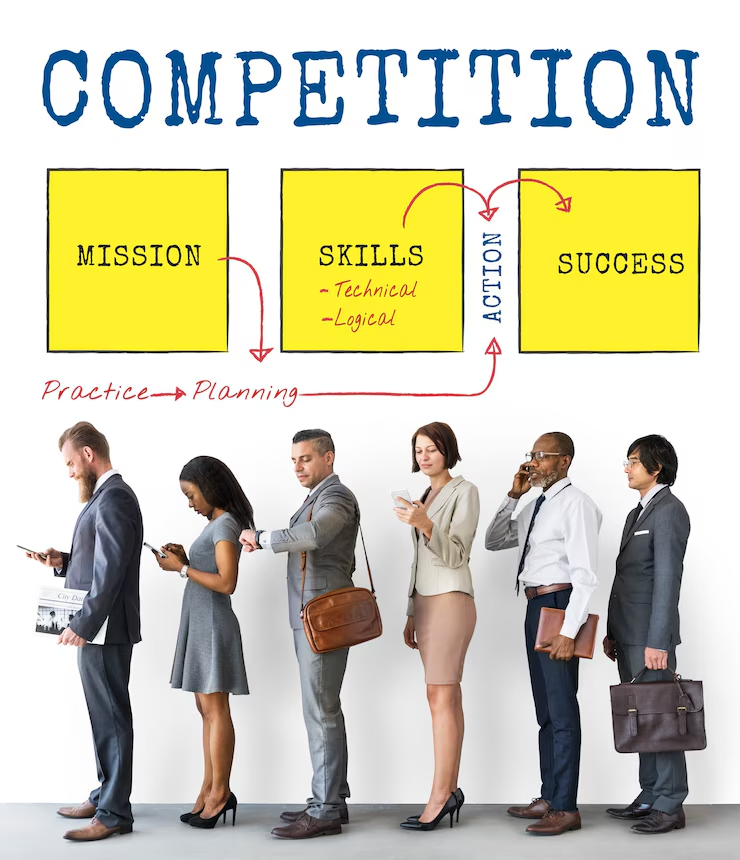
How to Build a Talent Acquisition Pipeline for Future Success
Posted on February 7, 2021
Building a robust talent acquisition pipeline is key for long-term success, enabling organizations to attract and retain the best talent even before positions become available. Here’s a guide to creating a strategic talent acquisition pipeline for future success:
1. Define Your Talent Needs
- Understand Your Business Goals: Align the talent pipeline with your organization’s long-term goals. Identify the skills, experience levels, and roles that will be crucial as your company evolves.
- Create Detailed Role Profiles: Develop well-defined role descriptions that outline the required qualifications, experience, and skills, helping target the right candidates from the start.
2. Build an Employer Brand
- Showcase Company Culture: Use social media, blogs, and other channels to highlight your company’s culture, values, and mission.
- Share Employee Success Stories: Personal success stories can humanize your brand and make it more appealing to potential candidates.
- Offer Transparency: Candidates appreciate companies that communicate openly about their workplace, including work-life balance, benefits, and career growth opportunities.
3. Leverage Networking and Referrals
- Engage with Current Employees: Encourage your employees to refer candidates within their networks. They understand both the company culture and what it takes to succeed, so their referrals are often high-quality.
- Build Relationships with Industry Professionals: Attend industry events, conferences, and networking opportunities to establish contacts with potential candidates.
4. Utilize Technology and Data
- Implement an Applicant Tracking System (ATS): An ATS can streamline the recruitment process, track applicants, and store candidate information for future opportunities.
- Use Predictive Analytics: Analytics can help identify high-potential candidates and predict future hiring needs based on turnover rates, industry trends, and business growth projections.
5. Create a Talent Community
- Develop a Candidate Database: Keep track of talented professionals who may not be ready for a career move now but could be a fit in the future.
- Engage Regularly: Keep in touch with passive candidates through newsletters, industry updates, or invitations to events. This keeps your brand top-of-mind and nurtures interest in future roles.
6. Engage Passive Candidates
- Target Through Social Media: LinkedIn, Twitter, and other platforms allow you to engage with potential talent and share relevant industry content.
- Provide Informational Interviews: Offer informal chats to passive candidates, allowing them to learn about your company and consider future opportunities without the pressure of a job interview.
7. Develop Internships and Apprenticeships
- Create Entry Points for Future Talent: Internships, apprenticeships, and graduate programs can introduce early-career professionals to your company.
- Offer Training and Mentorship: A strong training program can turn interns or apprentices into loyal employees who are well-prepared for full-time roles.
8. Foster a Diversity and Inclusion (D&I) Strategy
- Expand Your Talent Pool: Actively seek candidates from diverse backgrounds by partnering with organizations that support underrepresented communities.
- Cultivate an Inclusive Culture: Show that your company is a welcoming place for all backgrounds and identities, which can attract a broader range of candidates.
9. Track and Evaluate Your Pipeline
- Set Metrics for Success: Track key metrics such as the number of qualified candidates in the pipeline, the time it takes to fill a position, and retention rates of sourced hires.
- Analyze and Optimize: Regularly assess the success of your pipeline to improve your approach and adapt to changing needs.
By investing time and resources into building a talent acquisition pipeline, you’ll ensure a continuous flow of high-quality candidates, positioning your organization for sustainable success.
4o
Categories: Talent Acquisition
